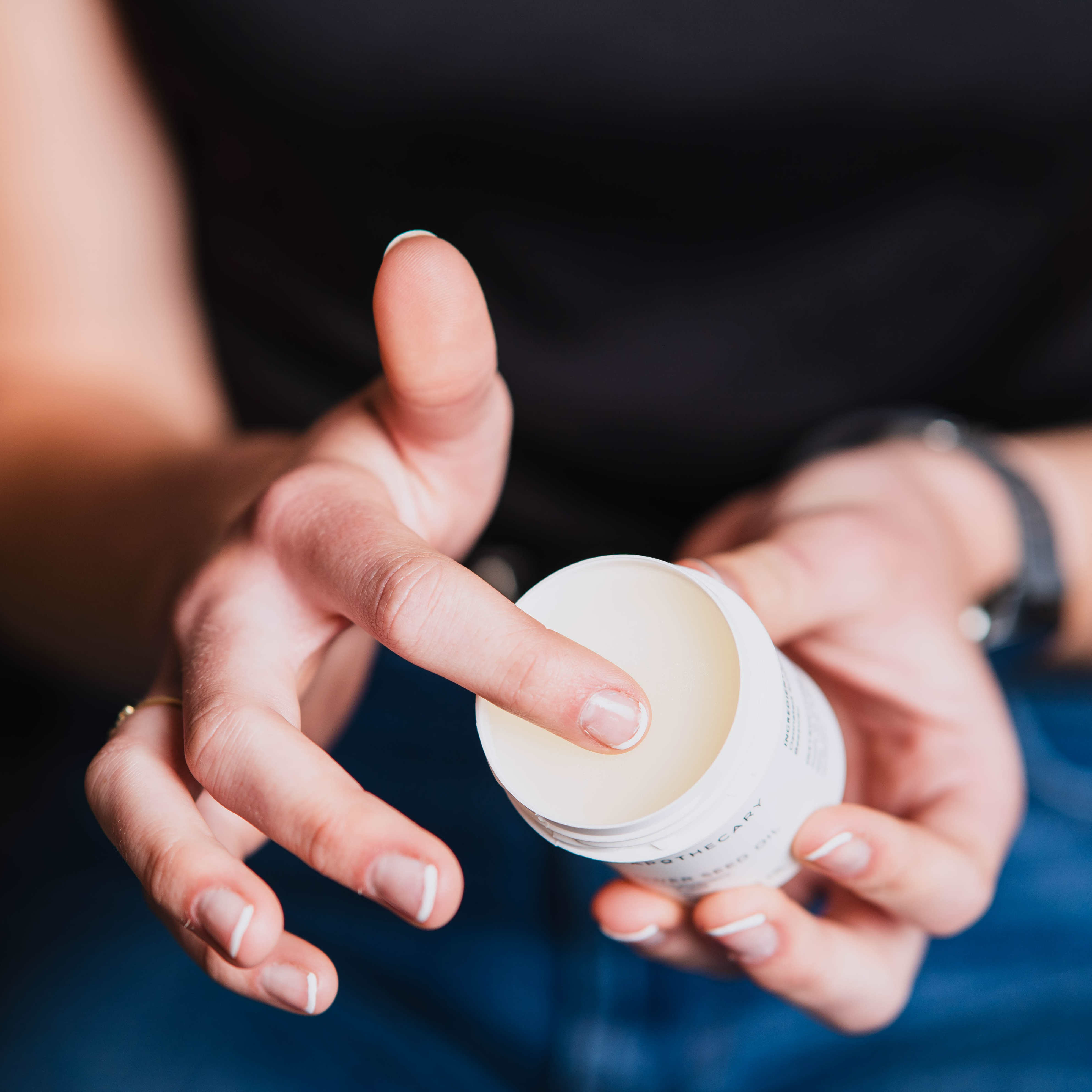What oil should I use?
One of the most common questions we get is: “Which ozonated oil is best?” And honestly, there’s no one-size-fits-all answer. The right ozonated oil for you depends mostly on personal preference, but various factors can go into it including your skin type, and how you plan to use the oil (topically, orally, or otherwise).
Each oil — olive, sunflower, coconut, jojoba or others — used in ozonation brings its own profile of fatty acids, antioxidants, and absorbency. These traits can affect the final ozonated product. For example:
- oleic acid (like olive and avocado) tend to produce thicker, gel-like ozonated oils that are especially nourishing for dry, damaged, or mature skin.
- Oils high in linoleic acid (like sunflower and hemp seed) are lighter and absorb faster, making them a better fit for oily or acne-prone skin.
In recent years, seed oils have come under scrutiny in health circles. You may have seen influencers or wellness experts advising against seed oils in general, claiming they’re too unstable, inflammatory, or harmful when consumed or applied to the skin. Naturally, this has led some people to avoid ozonated seed oils like sunflower, flaxseed, or hemp seed.
So, is there any truth to the anti-seed oil narrative? Well if you want to go more in depth on this topic look into our blog — Are seed oils harmful in topical products like ozonated sunflower seed oil?
As far as ozone oils: the major concern with seed oils is the quantity of Omega-6 fatty acids. Using our products for a year, you would absorb only .004% of what the average American ingests in a year.
The skin layer absorbs and retains the beneficial properties from the ozone oils all but eliminating systemic absorption into the bloodstream.
Ozonating seed oils reduces most of the omega-6 fatty acids (linoleic acid) eliminating any remaining concern that one could have with seed oils.








